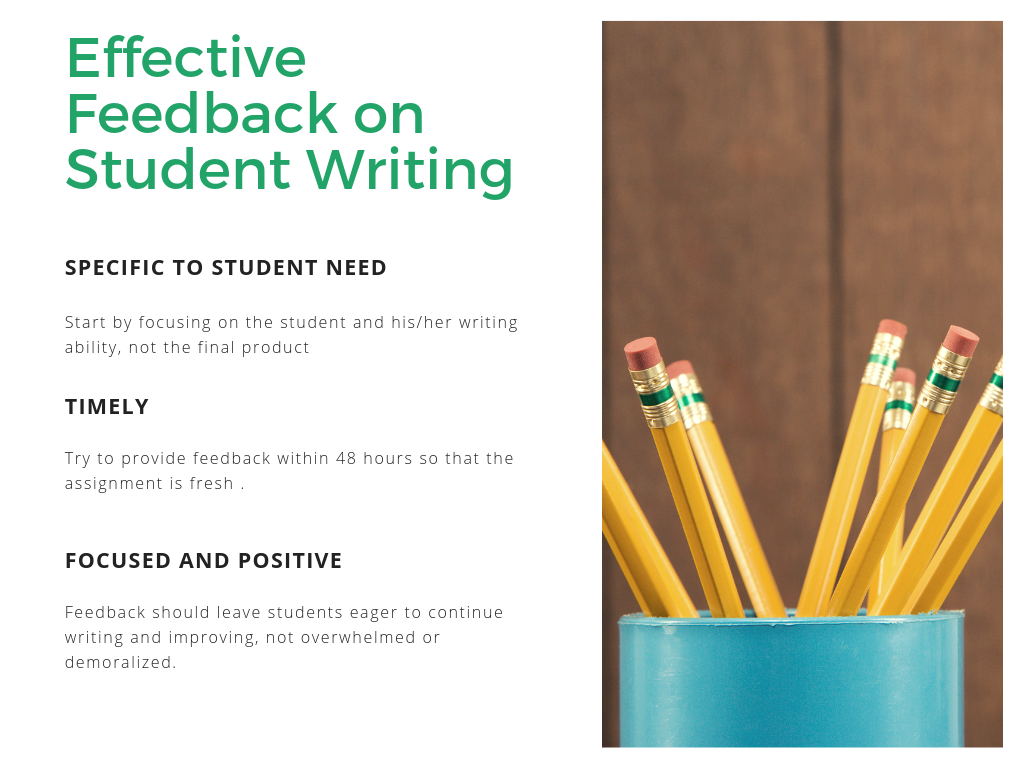Introduction
While starting my journey to become a runner was hard, learning how to run much faster, with a better finishing time, was easy. Confused? It’s not because I am a natural when it comes to running. Honestly, I am far from it. My ability to improve quickly and fairly easily can be attributed to my amazing coach, Shay.
When I decided to add running to my fitness journey, I found a group on Instagram called Movers and Pacers and immediately joined. At this point, for me, showing up was enough. But one of the group’s coaches, Coach Shay, wanted more for me. And was committed to helping me achieve it.
Like running for Coach Shay, writing comes naturally for many ELA teachers. We weren’t born with writing ability though, and it’s important we remember our own journey to becoming people for whom writing is enjoyable and a valuable way to communicate. For our students who may struggle to demonstrate writing achievement, writing does not come as easy or naturally, and improving as a writer is dependent on the focused feedback (coaching) we give to each student.
Feedback Should Be Specific to the Need
In writing, focused-feedback should be specific to the person, rather than the situation. When giving focused-feedback in writing, you provide different types of feedback for different students even when they complete the same assignment. As an instructor, you always want to address the learner first and foremost, not just the final written product. It is important that you’re always clear in your expectations for students, however. When assigning a writing task, make it clear what the student will receive feedback on: will you be providing feedback on the clarity of their argument, structure, grammar, spelling, inclusion of details, adherence to a writing protocol explained ahead of time? Some combination of these things? For students, especially those early in the writing journeys or English Language Learners, it can be demoralizing to always receive their papers returned completely covered in red. By communicating the focus of feedback ahead of time, you can help new writers work on specific areas of their writing craft in each assignment. This allows the writer to really read and learn from the teacher’s feedback, rather than simply feeling overwhelmed.
As both a coach and an instructor, Coach Shay took special note of both my breathing habits and pacing. She watched me with intention, diagnosed my need, and developed a plan to help me improve targeted areas, all while focusing on my greatest area of need. While I struggled with focusing my breathing, pacing, and form, Coach Shay prioritized my needs and targeted breathing first. She aimed at controlling my breathing foremost because this would give me the highest leverage in improving my running performance.
When a student’s needs in writing are many and diverse (both structural, as determined by the writing standards, and mechanical, as determined by the language standards), the feedback has to be prioritized and targeted to develop results for the student to improve or enhance skills at a quicker rate.
How do I prioritize as a teacher? First, I analyze the essay and identify key errors for each student. Then, I prioritize the errors in terms of:
- How great an impact they had on the writer’s ability to convey meaning
- How likely they are to carry over into future writing
- How easy they are to address
Then for each student, I create a plan to target feedback around specific ways to improve the greatest area of need first.
This results in not only providing feedback, but also highlighting steps toward improvement and creating a realistic trajectory by which the student can improve all aspects of his or her writing.
Feedback Should Be Timely
Each time I run a race, I receive both a starting and finishing time. Similarly, each time students submit an excerpt from their writing, they should receive proper feedback.
When a student initially completes a writing prompt, task, or test, he or she should receive effective feedback. At this point, the cognitive processes is fresh. Adding timely, quality feedback will capitalize on the opportunity for student writing growth.
As a teacher, I pushed myself to return student writing within 48 hours of submission.
Additionally, I made sure I diversified my methods in providing feedback to my students. In addition to providing handwritten feedback on an essay (or via comments embedded into the document), I would confer individually with each student, or arrange peer group edits centered around writing next steps. In order to make this happen during the instructional time allotted, I made sure time was allotted during my instructional period with students to confer with them, individually, as writers.
When you are giving feedback to students, whether in writing or during individual discussion, the feedback should be meaningful, timely, and also ensure students feel assisted.
Focused Feedback is Helpful Feedback
Feedback that truly expands and enhances our writers will feel like help not criticism. Ideally, our students should pine for the feedback that will result from their writing. Students should long to improve as writers for themselves, and meaningful, high-quality feedback is essential to this process.
During each Sunday run, Coach Shay would slow her pace and run with me. She encouraged me to talk while running, listened to my breathing, and explained a better breathing process for my specific running style. Once I became a more experienced runner, she taught me how to open my stride, scale hills, and vary my pace accordingly. Overall, she redirected me and guided me. This exact same process is required of us as teachers of student writers.



















We were just talking about giving effective feedback to our last PD. I especially like idea about prioritizing the feedback we give students. Sometimes, it is hard to know where to start when there is oftentimes so much that needs to be done.
One more grading hack to save time and provide better writing feedback: https://chrome.google.com/webstore/detail/e-comments/dccccbckfnndplihkaeiekggmeicbhgj/